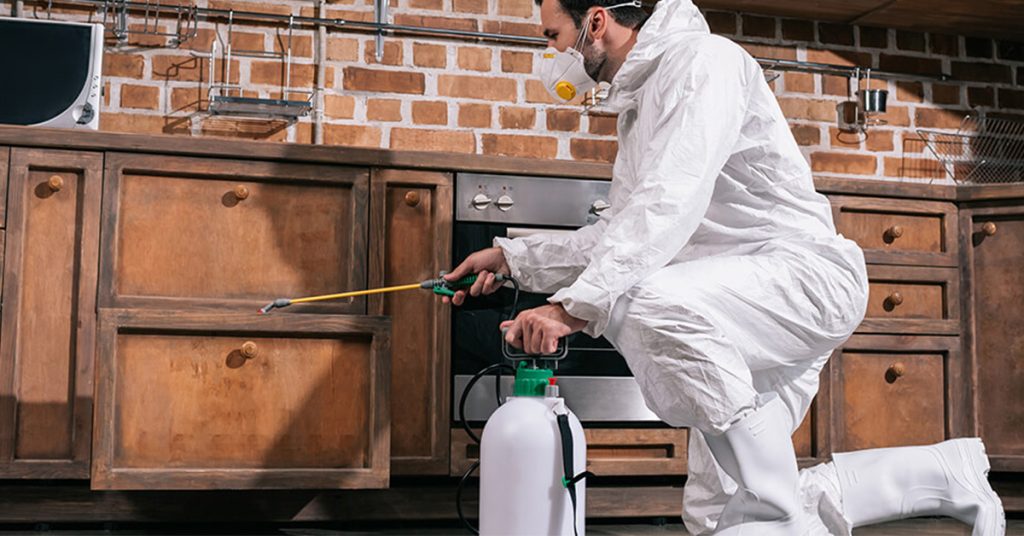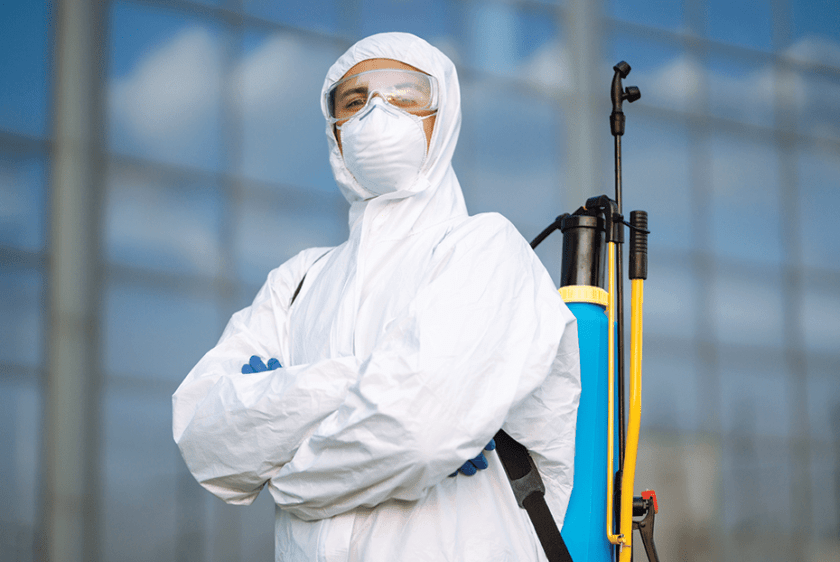Exploring Infestation and Therapy Approaches on the planet of Pest Control
The landscape of pest control incorporates a myriad of difficulties, specifically as invasions of usual home parasites continue to develop. Understanding the habits and reproductive patterns of these hassles is vital for developing reliable treatment techniques. By incorporating preventative steps with innovative management methods, such as Integrated Parasite Management (IPM), homeowners can better guard their environments. Nevertheless, the performance of these approaches may vary significantly based on certain conditions. What hidden factors contribute to the success or failure of these methods in various setups?

Common Family Vermin
When it concerns managing our living rooms, comprehending common house bugs is vital. These parasites not just disrupt our convenience however can also posture health and wellness risks and damage residential or commercial property. One of the most common household parasites include ants, roaches, rodents, termites, and bed insects.
Ants, typically seen foraging in kitchens, can infect food and develop huge swarms. Roaches, known for their strength, can set off allergic reactions and spread microorganisms. Rats, including computer mice and rats, can trigger architectural damage and bring diseases like hantavirus and salmonella. Termites, frequently described as "silent destroyers," can jeopardize the integrity of wooden frameworks, leading to expensive repair services. Bed pests, although not disease providers, can create significant pain via their bites and cause psychological distress.
Acknowledging the indications of these parasites, such as droppings, nests, or attack marks, is necessary for very early intervention (Pest Control Lockhart). Proper cleanliness methods, sealing entrance points, and keeping a clutter-free environment are efficient preventative procedures. By recognizing these usual house parasites and understanding their actions, property owners can take aggressive actions to minimize problems, making certain a much healthier living setting
Understanding Insect Infestations
Insect invasions can escalate rapidly, turning a small annoyance right into a considerable issue if not dealt with quickly. Understanding the nature of these infestations is crucial for reliable administration. Insects can invade residential and business areas for various factors, consisting of the search for food, sanctuary, or breeding grounds. Usual aspects adding to infestations consist of bad hygiene, structural vulnerabilities, and seasonal adjustments that drive bugs indoors.
Determining the kind of parasite is crucial, as different types exhibit different habits and reproductive prices. Rodents might develop nests in surprise areas while insects like cockroaches prosper in wet environments. Early discovery often rests on identifying signs such as droppings, nibble marks, or uncommon audios, which can indicate a problem before it becomes serious.
Ecological problems additionally play a vital role in bug spreading. Cozy, humid climates can assist in the quick development of parasite populations, while changes in landscaping or construction can inadvertently produce helpful settings. Routine assessments and preventative procedures are vital to alleviating the danger of problems. An enlightened strategy to recognizing these characteristics lays the groundwork for efficient pest management approaches in the future.
Therapy Methods and Strategies
Efficient treatment approaches and techniques are crucial for alleviating insect problems and bring back a secure atmosphere. A complex strategy is commonly best, incorporating chemical, organic, and mechanical techniques customized to the specific bug and the severity of the invasion.
Chemical treatments consist of making use of insecticides and herbicides, which can properly get rid of parasites. Appropriate application and adherence to safety and security standards are crucial to minimize risks to people and non-target microorganisms. Integrated Parasite Management (IPM) motivates the wise use of chemicals as a last hope, depending rather on surveillance and threshold levels to identify intervention requirements.
Organic control approaches entail presenting all-natural predators or parasites to reduce insect populations. This approach is increasingly preferred, specifically in farming settings, as it promotes environmental sustainability.
Mechanical methods, such as catches and obstacles, supply instant remedy for pests without presenting chemicals. Choices consist of sticky traps for insects or physical obstacles for rodents.
Ultimately, the selection of therapy technique should think about the specific insect, the environment, and prospective impacts on human health and communities. A balanced mix of these methods can efficiently take care of invasions while promoting long-lasting insect control remedies.
Precautionary Measures for Residence
Proactively dealing with parasite problems prior to they intensify is essential for maintaining a healthy and balanced home atmosphere (Pest Control Lockhart). Implementing reliable safety nets can considerably lower the possibility of invasions, inevitably protecting both your residential or commercial property and health

Appropriate landscaping likewise plays a crucial function in prevention. Keeping shrubs and trees cut away from your home decreases the chances of insects finding their way indoors. Furthermore, ensure that drainage systems Check This Out are operating successfully to stop standing water, which can attract in insects and other bugs.
Finally, routine inspections are advisable. Frequently inspecting for signs of parasite activity enables very early intervention. By taking on these safety nets, house owners can create an atmosphere that is less welcoming to insects, therefore improving their overall lifestyle and lowering the need Check This Out for substantial bug control interventions.
Commercial Parasite Control Methods
An extensive method to business pest control is crucial for companies intending to maintain a risk-free and sanitary environment. Reliable techniques entail a combination of routine examinations, employee training, and the application of Integrated Parasite Management (IPM) methods.
Normal evaluations make it possible for early detection of insect task, permitting timely intervention. Companies ought to establish a regular timetable for these assessments, concentrating on high-risk areas such as kitchen areas, storeroom, and garbage disposal websites. Employee training is equally important; personnel needs to be enlightened on the indicators of pest infestations and the relevance of reporting them instantly.
Carrying out IPM methods assists alleviate insect problems sustainably. This includes habitat adjustment, such as securing entrance points and lowering mess, along with visit this site right here using all-natural deterrents before considering chemical therapies.

In addition, teaming up with a qualified bug control copyright makes certain accessibility to professional understanding and advanced treatment choices. This partnership can result in customized parasite control prepares tailored to the particular needs of the service, minimizing threats and improving overall efficiency. Eventually, an aggressive and educated method fosters a pest-free atmosphere, protecting both public wellness and service credibility.
Verdict
In conclusion, effective bug control necessitates a thorough understanding of common home parasites and their behaviors, coupled with targeted treatment techniques. Applying preventive steps together with therapy methods such as Integrated Parasite Monitoring and organic control boosts the capacity to minimize infestations.